
Recommendation
This beautifully illustrated coffee table book takes readers on a journey through the history of finance, with scenic stops to view the details of Babylonian loan agreements, the calligraphy of Chinese contracts, the currencies of John Law and even King Leopold II’s deathbed marriage to a prostitute. Numerous experts, including Niall Ferguson and Robert J. Shiller, contributed individual essays, so the style and general quality of the text varies from chapter to chapter. The cohesion of the overall content is to the credit of editors William N. Goetzmann and K. Geert Rouwenhorst. Currency-related art and photographs (more varied and noteworthy than you may think) dominates this cross section of financial history from the ancient Sumerians to the Silk Road to Versailles. getAbstract recommends this attractive volume to those interested in financial history and to any bank or brokerage that wants just the right book for visitors to peruse while waiting in the lobby.
Summary
About the Authors
William N. Goetzmann teaches finance and management at the Yale School of Management. He directs the International Center for Finance, where K. Geert Rouwenhorst, also a Yale finance professor, is deputy director.


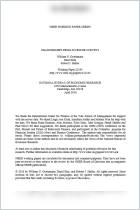
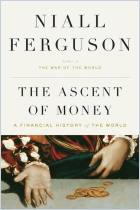

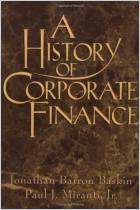
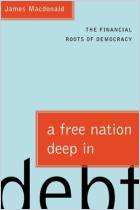

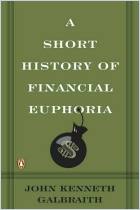



Comment on this summary